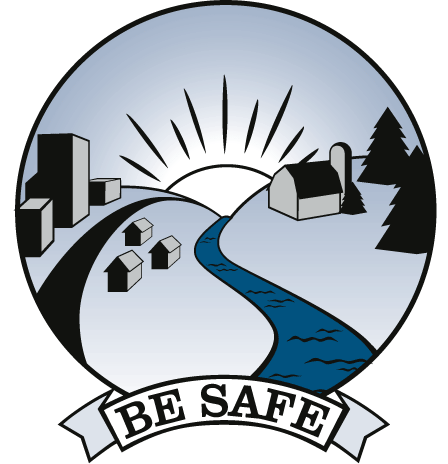![]()
![]()
![]()
End
Landfilling

Protect Our Health and the Environment
Health
Hazards.
Millions of pounds of toxic chemicals
are dumped in municipal landfills every year. Hazardous
waste from small businesses and households make up 1 to
2 percent of landfill waste. Many of these chemicals
are toxic at very low levels and are slowly leaking and
poisoning the air and groundwater of surrounding communities.
Leaking landfills have polluted drinking water wells
with cancer-causing chemicals such as toluene or vinyl chloride
and have harmed many communities. Also, as garbage
decomposes, methane and toxic gases are released into the
air. Under federal regulations, ‘modern’ landfills
are built with plastic liners (the thickness of two credit
cards) designed to prevent waste from leaking into drinking
water. However, the Environmental Protection Agency
(EPA) has admitted even with liners, “All landfills will
eventually leak” [FR1988]. EPA’s regulations conveniently
let landfill operators off the hook for future liability
after 30 years—while liner warranties and landfill caps
typically last only 20 years.
Natural
Resource Depletion.
Landfills take a huge toll on our
environment, not only because of damage they cause when
they are built and operated, but because they remove products
from circulation so that virgin resources have to be mined
or harvested to replace them. On average, 71 trash
cans’ worth of resources were used to create the products
thrown out in each trash can of garbage set out at the curb!
Landfills waste valuable resources: for every ton
of paper recycled, acres of forest are saved from clear-cutting.
Global
Warming.
Biodegradable garbage rotting in
a landfill produces methane gas—a ‘greenhouse gas’ that
contributes to global warming. Methane is 21 times
more potent in its greenhouse effect than carbon dioxide
(from car exhaust), and landfills are the largest man-made
source of methane (37% globally). That’s why the European
Union is moving to ban biodegradable material from landfills.
By separating and composting biodegradable materials
under controlled conditions instead of landfilling them,
methane production is significantly reduced and these materials
are recycled into compost, a valuable resource for fertilizing
soil.
Jobs
& Recycling.
Businesses that recycle and reuse
discarded materials provide 10 to 50 times as many local
jobs as landfills, and are in direct competition with landfills
for their supply of discards. Even with recent shifts
in our culture’s throwaway mentality to reuse and recycle
more, many landfill businesses like Waste Management Inc.
or BFI/Allied have little financial incentive to make recycling
work because their profits are 10 times higher when they
just bury the waste in their landfills. Wasting is
their business. Conserving resources is in the community’s
interest.
BE SAFE: Take Precautionary Action to Protect Our Health & the Environment from Landfill Pollution